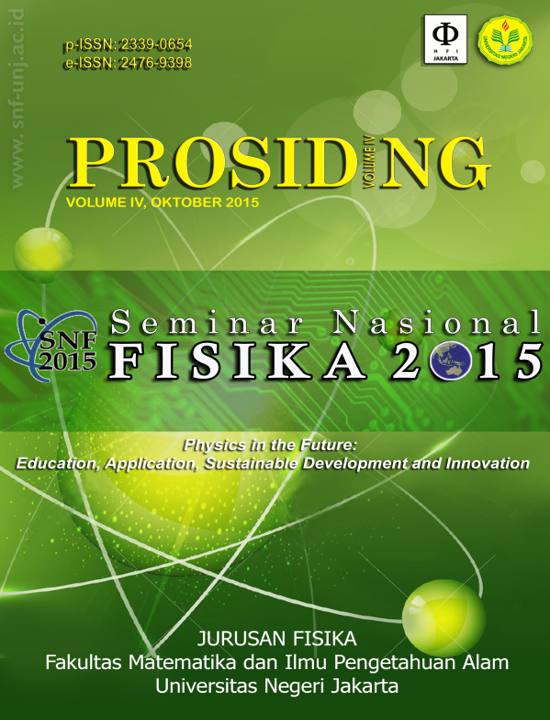PEMETAAN DAERAH PENCEMARAN ANTROPOGENIK BERBASIS SUSEPTIBILITAS MAGNETIK
Abstract
The applicability of environmental magnetism methods based on the study of magnetic susceptibility (χ) have been successfully used over several decades to characterize and quantify the degree of anthropogenic pollution of different environmental systems. Moreover, in recent years, there have been a number of studies linking low frequency magnetic susceptibility (χLF) and heavy metal content in different kinds of material. Furthermore, the χLF technique can be used as a potential method to discriminate polluted and unpolluted samples. The plots of χLF versus frequency-dependent magnetic susceptibility (χFD) have been shown to be effective as discriminating tool for sources of magnetic minerals. The polluted and unpolluted samples display disparate distribution patterns of χLF and χFD. Furthermore, the pollution area can be roughly inferred. We conclude that measurement of χLF and χFD can serve as a convenient and effective method for detection of polluted and unpolluted areas. This method is promising as an alternative to conventional chemical analysis.
Keywords: environmental magnetism, pollution area, anthropogenic, heavy metals, magnetic susceptibility.





